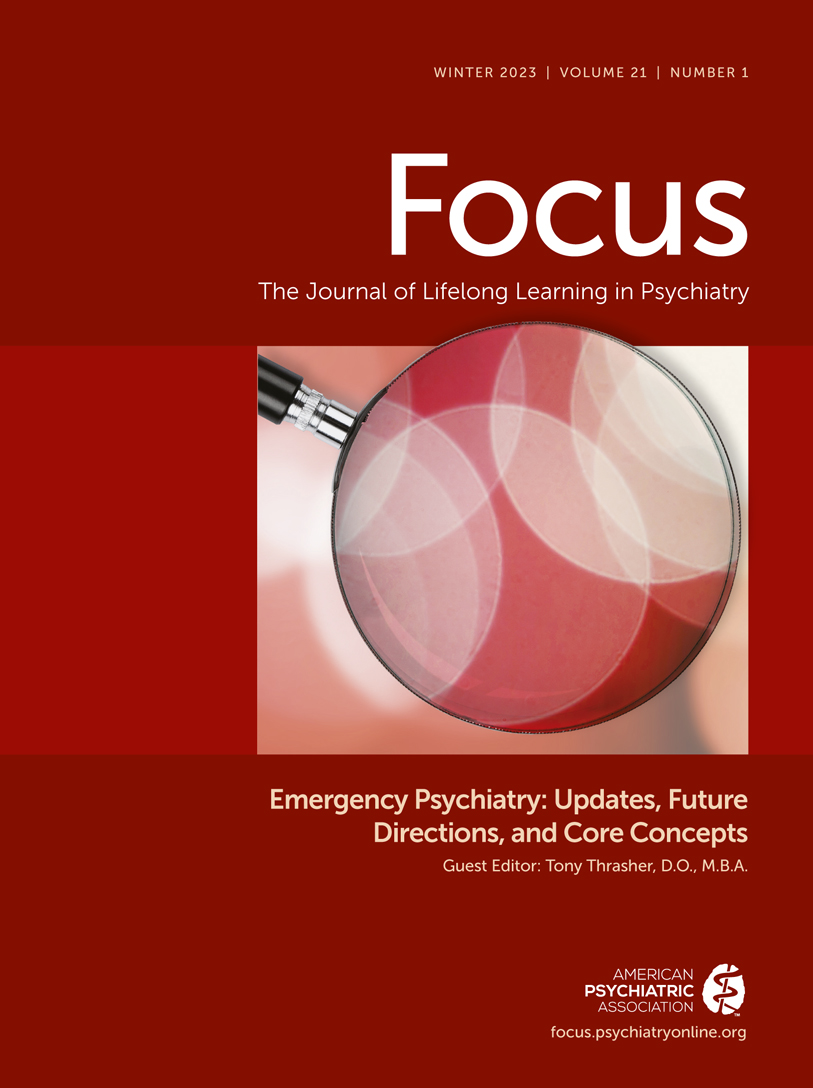Physical Assault in the Psychiatry Emergency Room
Abstract
Previous studies of physical assaults in hospitals focused primarily on inpatient psychiatric units, leaving unanswered questions about the extent to which findings generalize to psychiatric emergency rooms. Assault incident reports and electronic medical records from one psychiatric emergency room and two inpatient psychiatric units were reviewed. Qualitative methods were used to identify precipitants. Quantitative methods were used to describe characteristics of each event, as well as demographic and symptom profiles associated with incidents. During the five-year study period, there were 60 incidents in the psychiatric emergency room and 124 incidents on the inpatient units. Precipitating factors, incident severity, means of assault, and interventions were similar in both settings. Among patients in the psychiatric emergency room, a diagnosis of schizophrenia, schizoaffective disorder, or bipolar disorder with manic symptoms (Adjusted Odds Ratio (AOR) 27.86) and presenting with thoughts to harm others (AOR 10.94) were associated with an increased likelihood of having an assault incident report. Similarities between assaults in the psychiatric emergency room and inpatient psychiatric units suggest that the broader literature from inpatient psychiatry can be generalized to the psychiatric emergency room setting, although some differences exist.
Reprinted from J Am Acad Psychiatry Law 2020; 48:484–495, with permission from The American Academy of Psychiatry and the Law. Copyright © 2020



